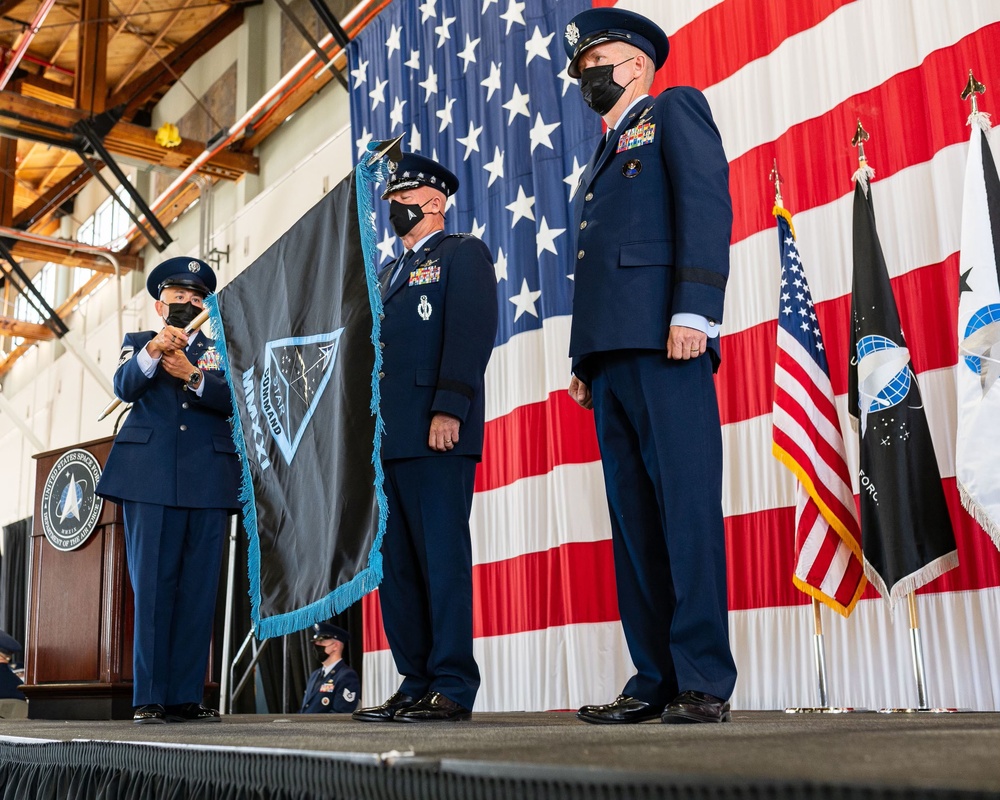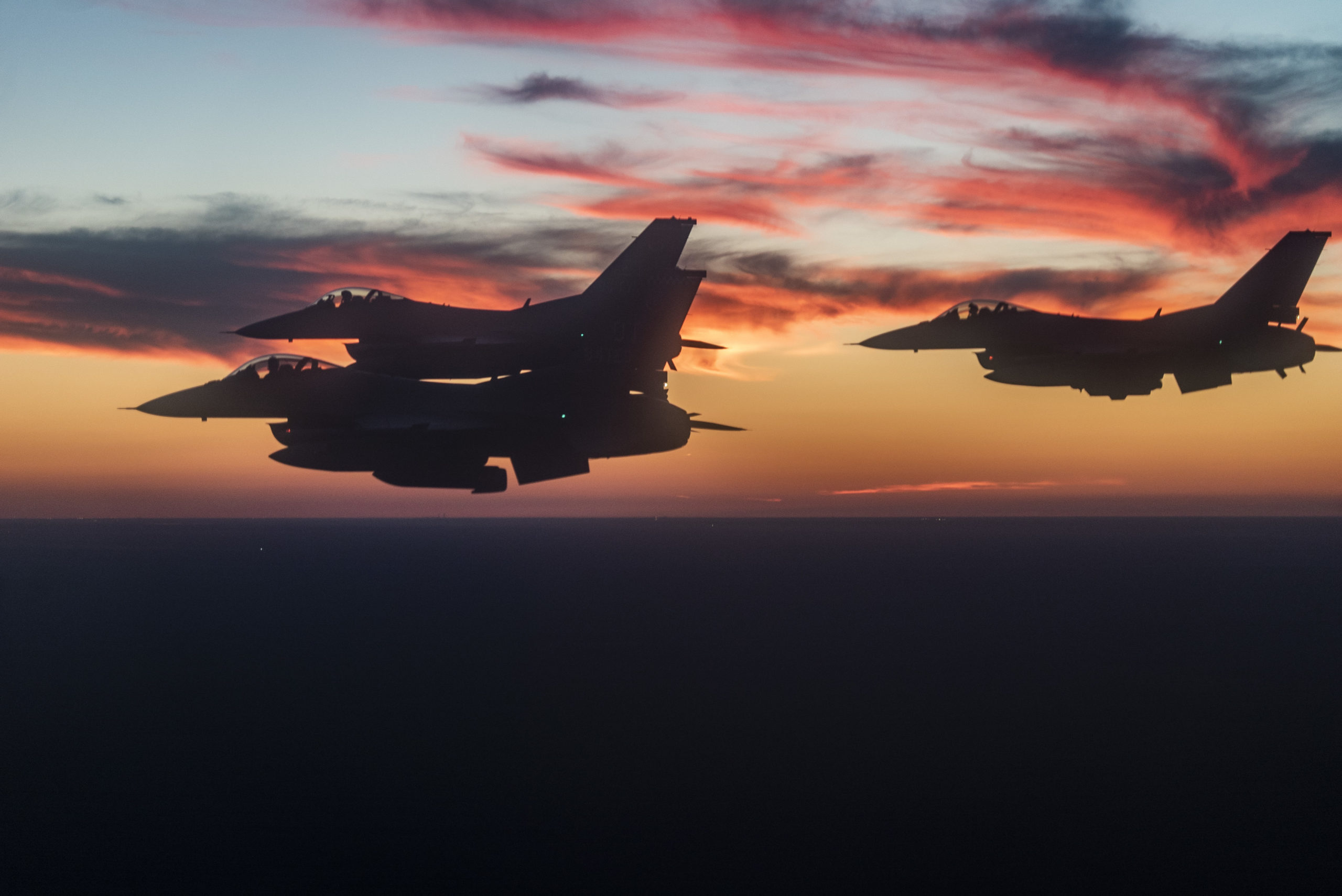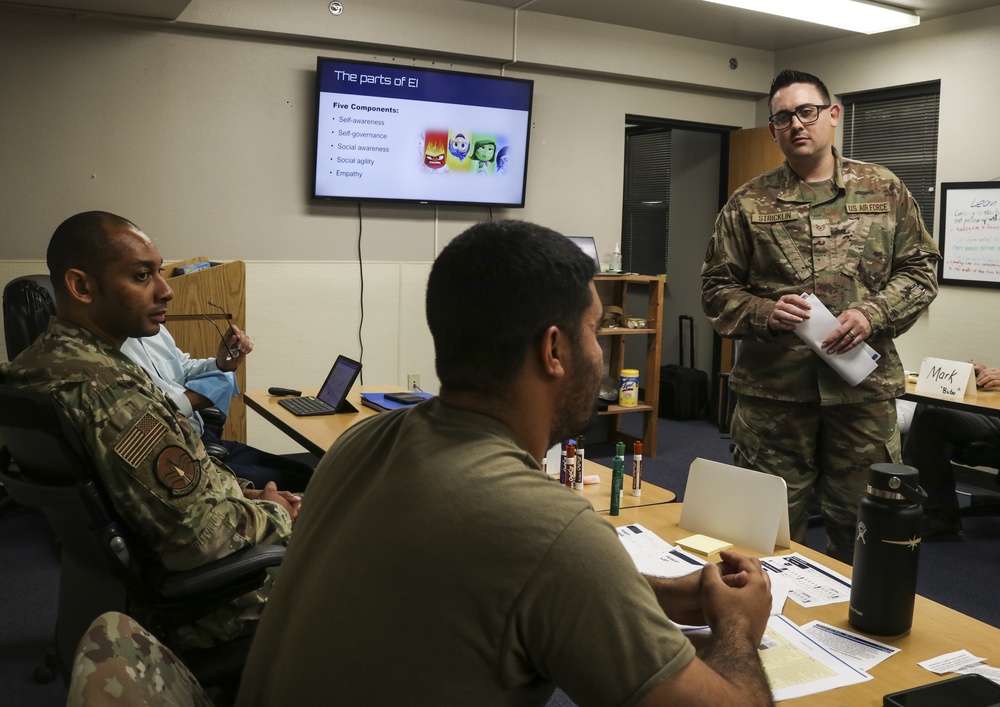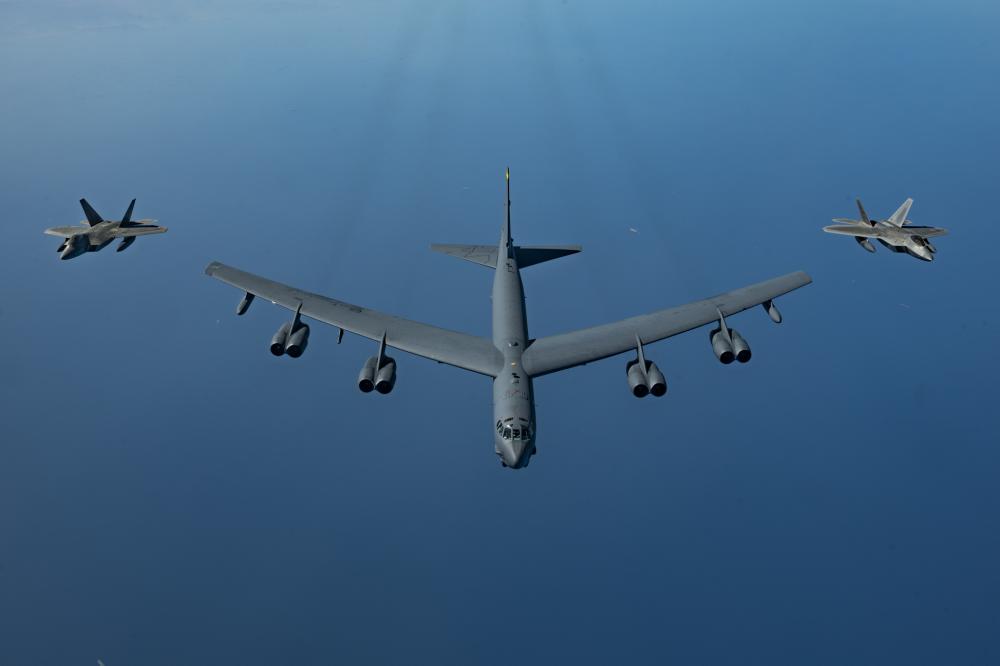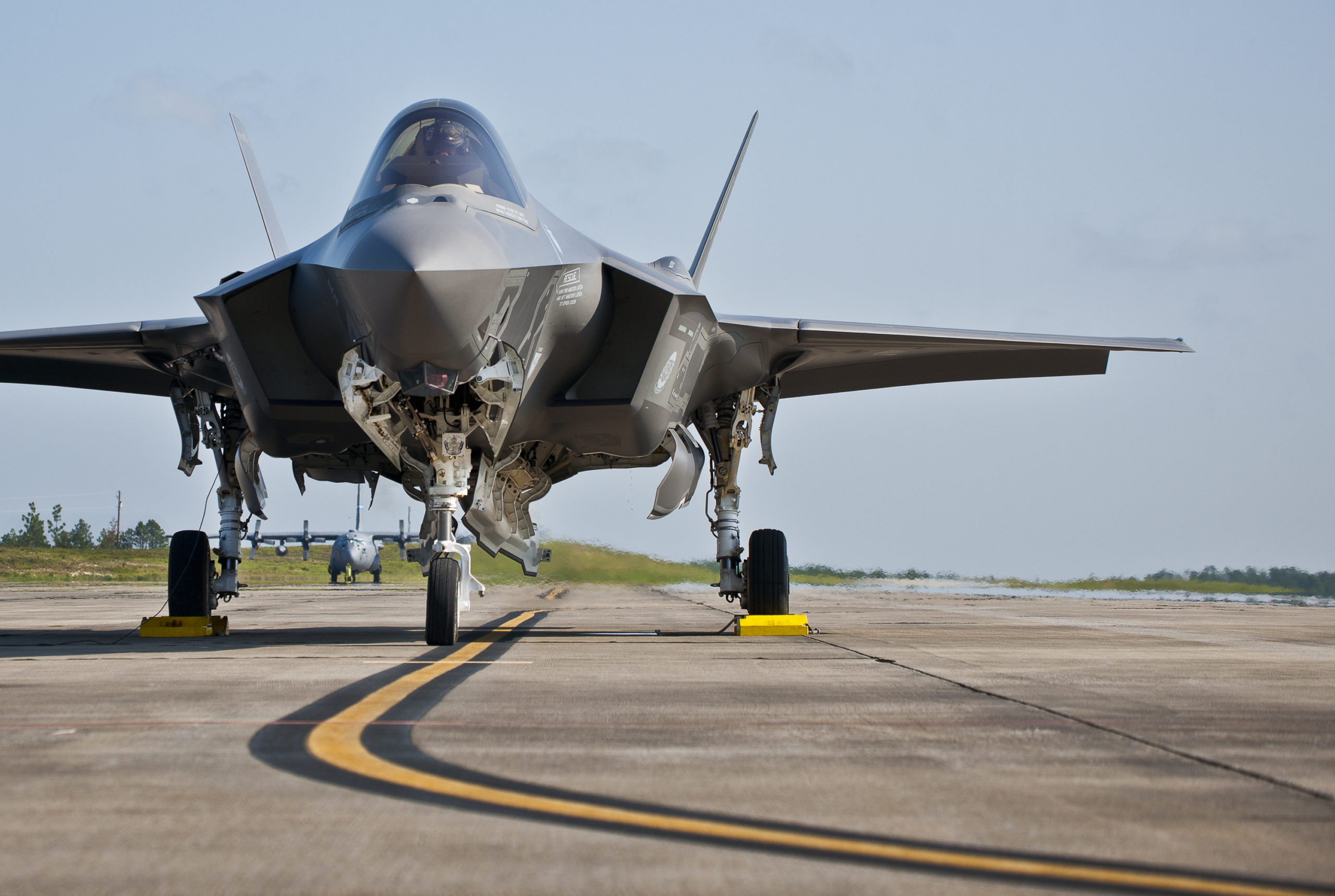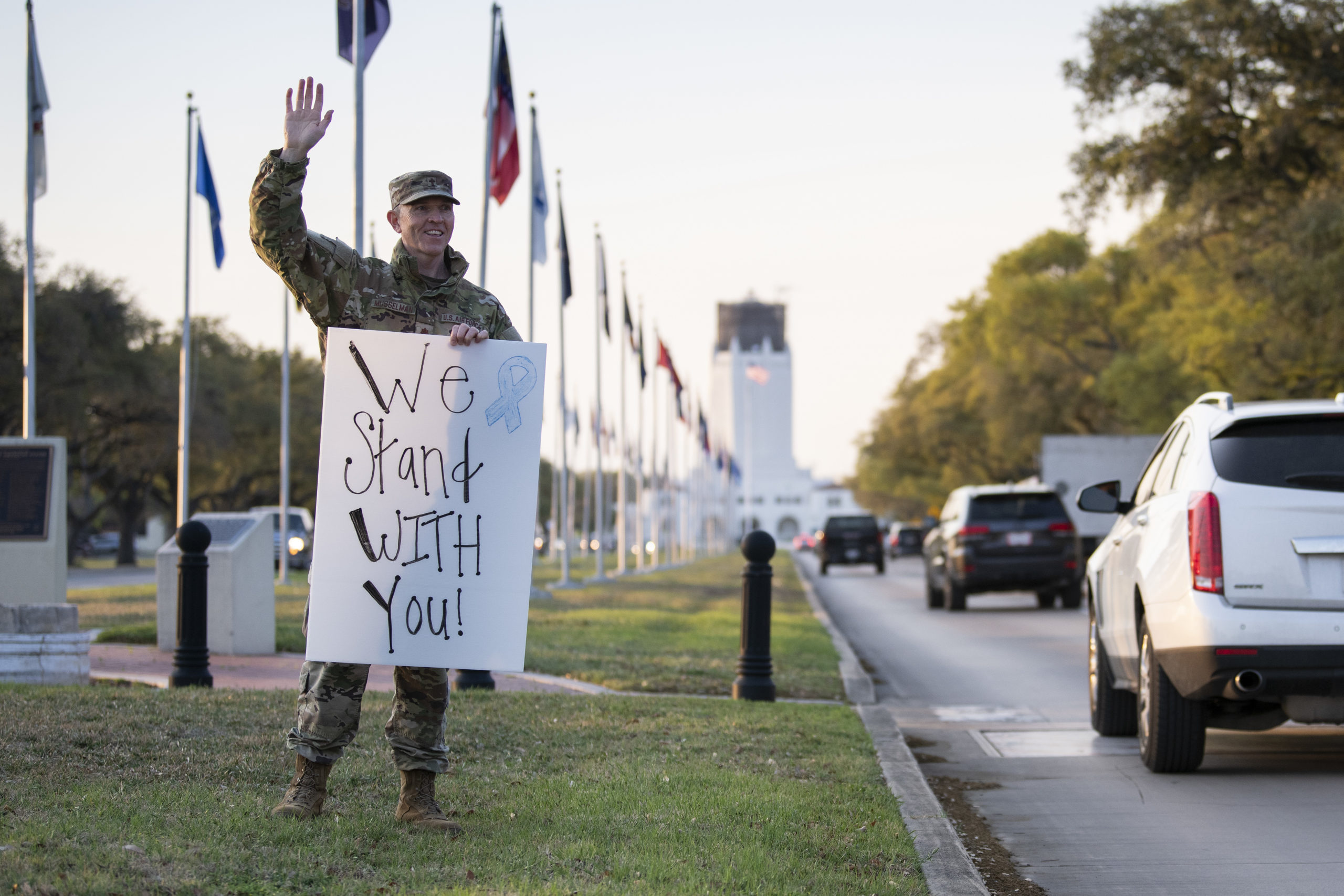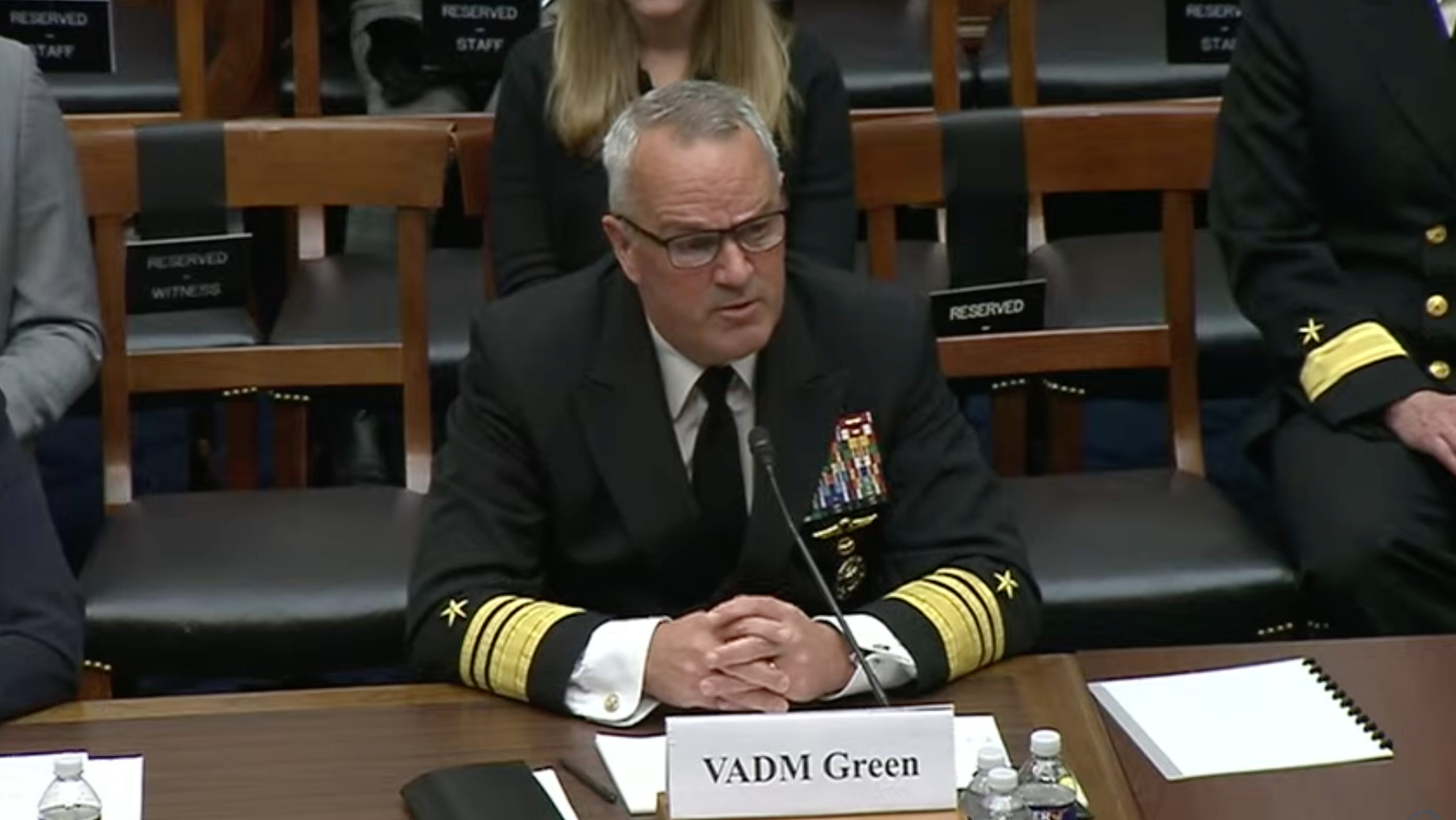Aerospace development programs are challenged on almost every level imaginable today. Aerospace & Defense (A&D) teams continue to struggle with upfront planning as they start a new program. What tasks are needed? How long will each task take? And how many resources are required? Not having a good grasp at the outset of a program cascades into poor program execution, making it nearly impossible to meet budgets and schedules later in the process. All too often, resources don’t meet requirements, leading to an apparent lack of program discipline, especially when a new requirement emerges or there’s a change in scope. When electronic systems and software are added into the mix, the complexity increases exponentially.
In my nearly 30 years of working in product development, I can’t recall a time when there’s been so much complexity – and so much demand to go faster. A&D teams are without question facing a variety of challenges internally and externally – and yet, it’s also a time of great innovation and promise.
Digitalization is emerging as the crucial advantage that modern aerospace programs can turn to in the face of so much complexity. Quite simply, digitalization increases productivity by providing visibility into how specific requirements impact downstream engineering and manufacturing. This can be achieved by using a comprehensive digital twin and digital thread, which provide a robust understanding of A&D products and processes. Digital thread-based solutions enable multi-disciplinary processes and weaves relevant data together to present a rich, full view of product, production and process in a coherent, actionable manner.
Complexity is not something to shy away from, but rather it is something aerospace teams and their tier one suppliers should embrace and turn into a unique competitive advantage. Companies need to move faster. They must lower development costs to decrease production and operating costs. In my experience, successful companies are the ones who have the ability to quickly evolve their business models and out-innovate the competition.
Digitalization and digital threads enable customers to take complexity head-on, allowing greater productivity and innovation. A digital thread is a collection of integrated solutions, software and best practices digitalized to provide visibility, collaboration, automation and traceability within a key domain – connecting to other digitalized domains. Based on the industry needs there are seven areas where digital threads can help address this complexity and encompass the entire product lifecycle:
Program Management
Program planning and execution issues cause significant schedule delays and cost overruns, impacting profits and a company’s ability to invest and win future programs. Consistent program planning and execution excellence is essential to long-term company success, as companies are able to avoid cost overruns and schedule delays.
A digital thread for program management provides teams with a systems-based approach to project planning. It integrates cost, schedule, risk and technical requirements into a fully planned, resourced and budgeted program management solution. It provides one common solution and an integrated view across all domains of a company’s pursuit or program.
Model Based Systems Engineering (MBSE)
As complexity increases there is significantly more information that needs to be managed. The document-based and disconnected systems and processes of the past are no longer able to manage this complexity causing schedule delays, cost increases, and lost opportunities – just to name a few. Companies are seeking model-based processes to automate tasks and simplify the management of the product and program data.
An MBSE digital thread can orchestrate the technical program and scope across the entire enterprise and lifecycle, providing the platform for faster and more efficient product development, even in the face of increasing complexity. By facilitating early analyses and simulations tied to requirements and functions, companies can reduce the consequence and impact of “issues” that have historically popped-up at system integration and evaluation. MBSE helps companies move from early system modeling to building the digital thread for the full program lifecycle, and delivers a better development experience and sets A&D teams up for faster success in the future.
Product Design and Engineering
The need to design and develop new products faster at less cost is driving A&D companies to seek new processes for designing and building aircraft. In many cases, companies are looking to adopt agile product development processes. Further, companies must now re-think their product design approaches to innovate and collaborate faster to reach specialized markets faster. As new materials and technologies become available, companies need solutions to quickly implement these technologies to be more competitive – in weeks, not years.
A product design and engineering digital thread can introduce agile engineering into a company. This digital thread encapsulates an integrated and open design ecosystem to accelerate product development by tackling the most complex problems in design and engineering with the best solutions for electrical systems, mechanical systems, and performance engineering. Further, this digital thread has the capability to transform classical engineering approaches to include new materials (composites, additive, electronics) and advanced user experiences (virtual reality, augmented reality, mixed reality). More than just 3D computer-aided design, the comprehensive digital twin provides multi-disciplinary design and optimization for electrical and electronics design, analysis and simulation, software management and manufacturing simulation.
Verification and Certification
Product complexity is driving new regulatory requirements, which increases the verification burden on companies for new products – increasing cost and risk of schedule overruns. To complicate matters, verification and certification costs have continued to increase, and now represent up to 75 percent of the product development costs, leaving little room in the budget for last-minute, discretionary items.
A digital thread for verification can help make certification an integral part of the overall product development process. It gives A&D companies a robust certification execution plan and incorporates all the needed certification activities within the overall program plan. This digital thread allows companies to create a cooperative relationship with the regulatory authority. Companies can more easily include the authorities within the planning, execution and auditing activities through a dedicated access within the product lifecycle management system.
Supplier Collaboration
Forces of globalization continue to affect the supply chain, partners and workforce. Supply chains are distributed across the globe, making collaboration and effective management of the supply chain more difficult. Internal collaboration within product teams is also more difficult as the workforce becomes more dispersed, and more employees work remotely. Collaboration and innovation are stymied by document-based or siloed processes, and product certifications become unaffordable based on inefficient and out-of-date processes.
A digital thread for supplier collaboration can provide an interface between functional domains, and suppliers can be automated for improved collaboration. As a model-based process, it builds the comprehensive digital twin to link requirements to source selection and all contract deliverables throughout the product lifecycle. It enables data rights management and intellectual property protection for exchanged data throughout the supply chain, anywhere in the world.
Manufacturing and Production
As companies seek to optimize their production processes to improve quality and reduce cost, production environments require the ability to share data insights from current processes and turn this into actionable information with a digital twin. Companies are looking for a better way to manage capital-intensive manufacturing resources and processes, to accelerate their production ramp-up, and seek to incorporate new manufacturing technologies or concepts faster.
A manufacturing digital thread can orchestrate production processes and bring relevant production data to every aspect of program development. It proves concept viability of products by including manufacturing feasibility analyses through simulation early in the design process using the production digital twin. It validates production readiness with detailed manufacturing planning and virtual commissioning and incorporates design changes quickly to the factory floor to reduce re-work.
Maintenance and Support
A major driver of operational cost is unscheduled maintenance. Scheduled maintenance also increases operational costs. The end customer is seeking predictive health monitoring and on-condition maintenance procedures that can reduce the cost and schedule impacts of scheduled and unscheduled maintenance. To provide predictability of operational costs, many companies are turning to “pay by usage” of products. This is driving the need for higher reliability and better methods to estimate operational costs so that providers can make profit.
A maintenance digital thread can provide manufacturers, owners and service organizations a means to support complex products within a service management environment. This digital twin can plan the entire support system, including spares provisioning and service plans tied to the model-based configuration.

Turning Complexity into a Competitive Advantage
Through digitalization, aerospace manufacturers and their supply chain partners can make more powerful, better-informed decisions based on a robust analysis due to the full traceability inherent in a digital thread. Digital threads not only address increased program complexity, but also increased levels of integration. As the foundation of a digitalization strategy, they enable Program Execution Excellence for A&D companies in a closed-loop process, while promoting organic learning across the organization and/or across multiple programs.
It is incumbent upon aerospace and defense companies to adopt digital transformation, and organizations like the U.S. Air Force, Northrop Grumman, Lockheed Martin Aeronautics and Boeing Defense are leading the way by embracing digitalization. I’m excited to see what the future holds as A&D companies and teams of all sizes adopt these digital threads and discover how complexity can be a friend, not foe – and how digitalization lays the groundwork for untold and unimaginable innovation and success.
Dale Tutt is the Vice President of Aerospace and Defense Industry, for Siemens Digital Industries Software. He is responsible for defining the industry strategy for Siemens, leading definition of industry solutions for Aerospace and Defense customers.

